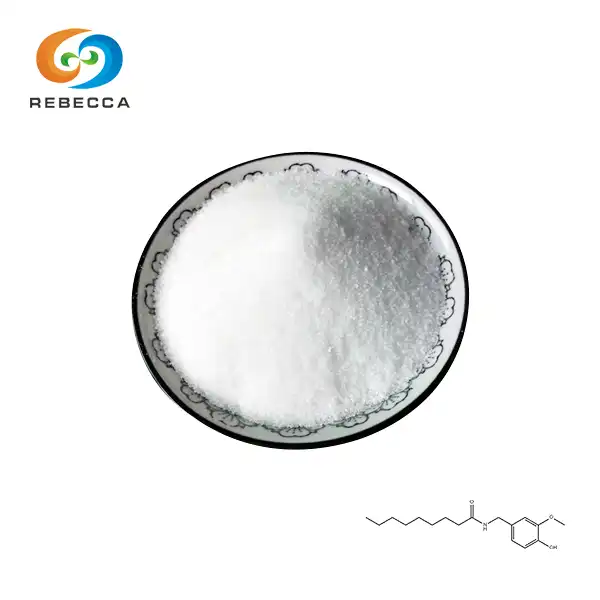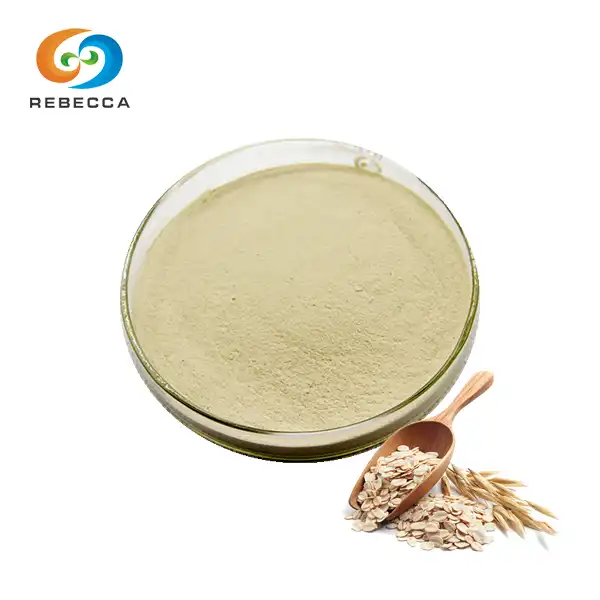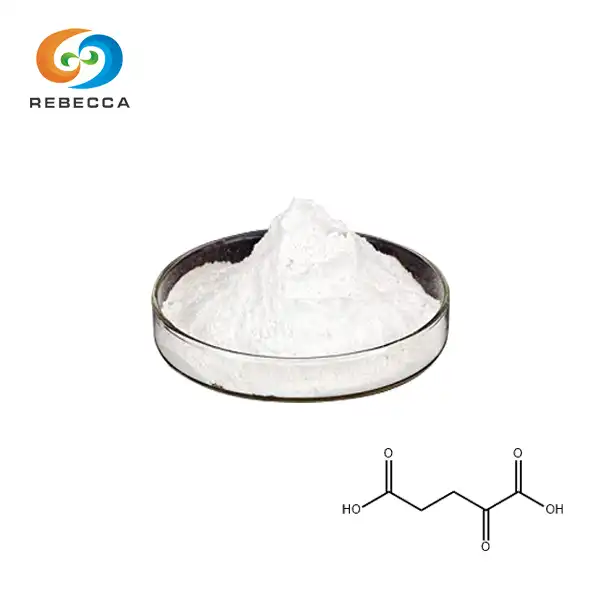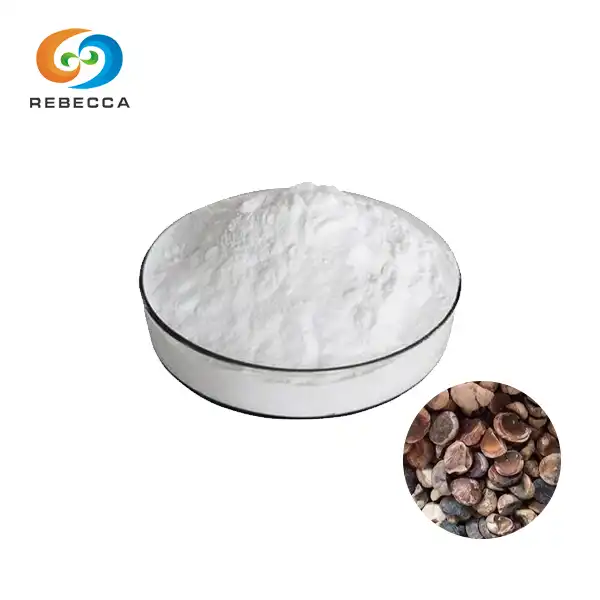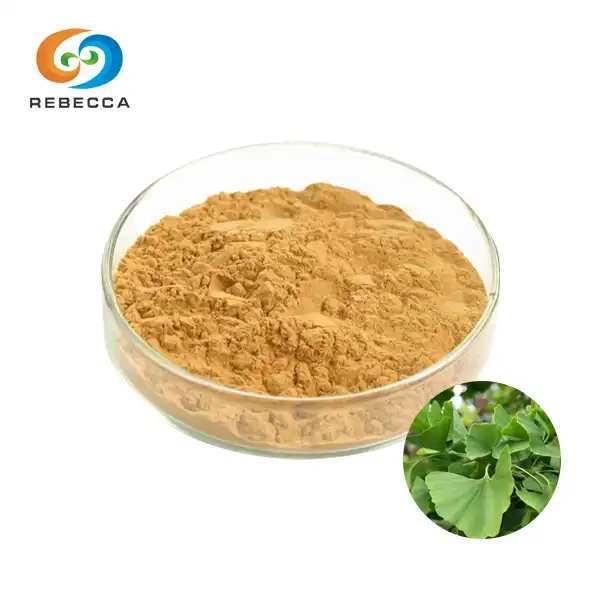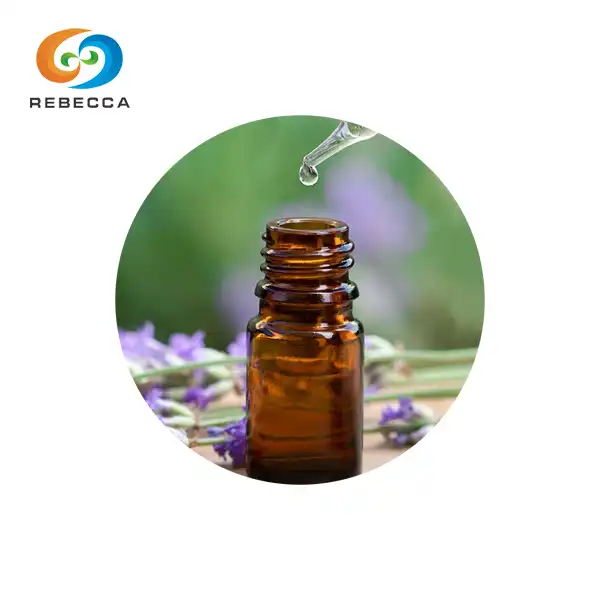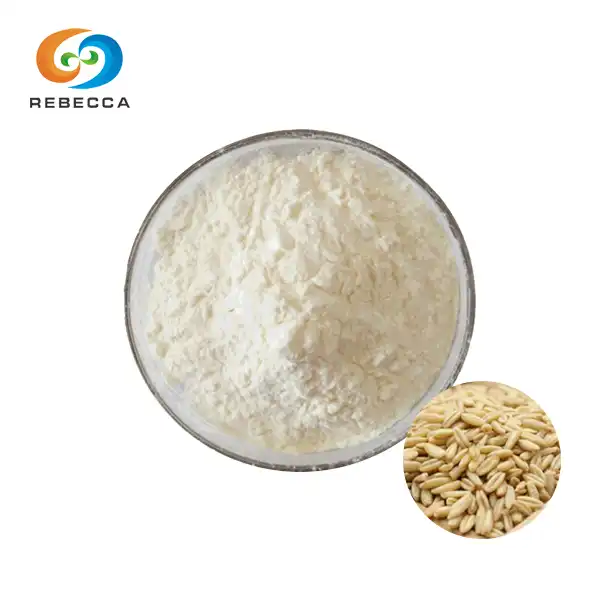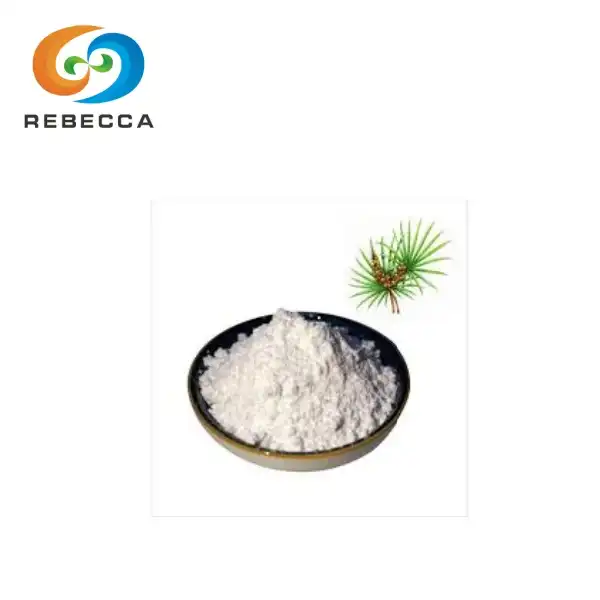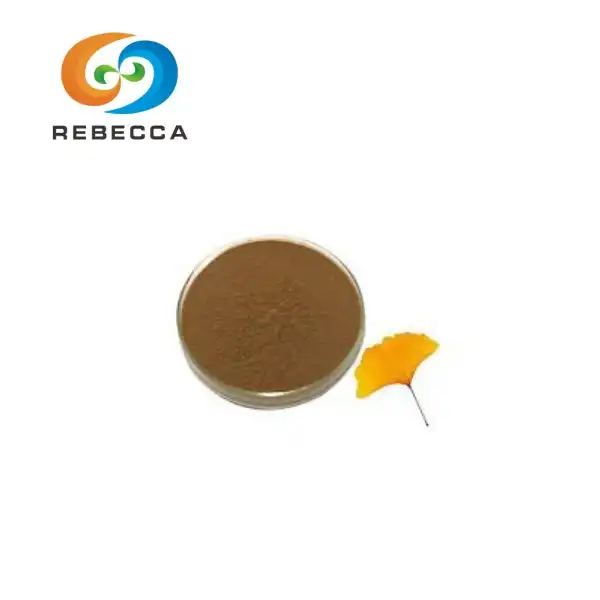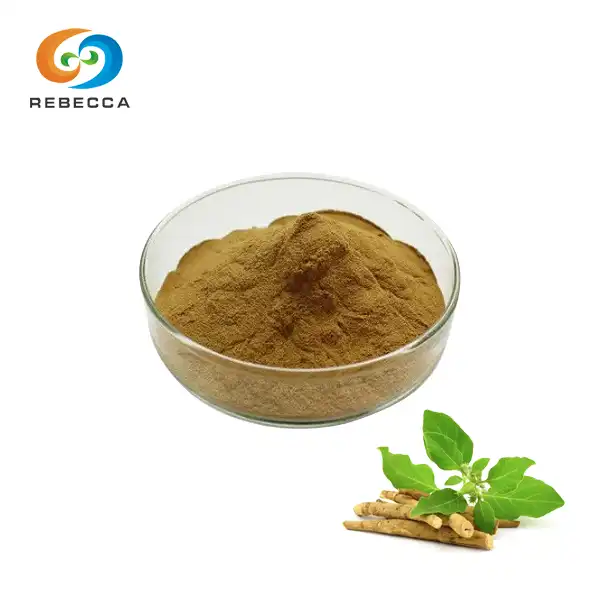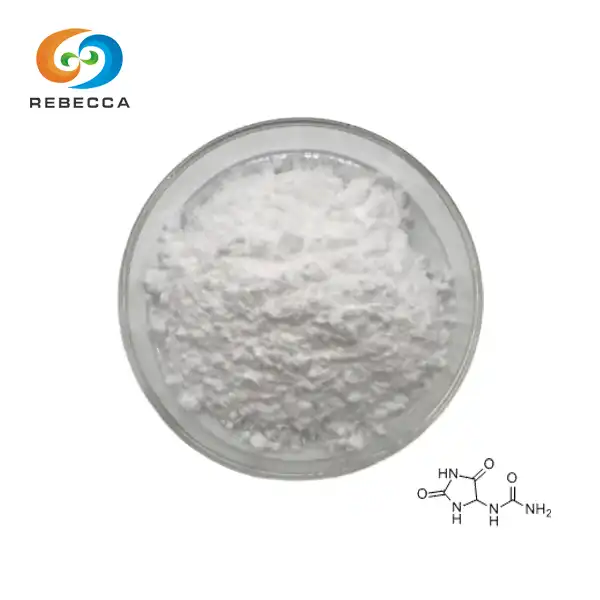Pure Pterostilbene for Diabetes: A Powerful Antioxidant for Blood Sugar Control
Diabetes is a chronic condition affecting millions worldwide, characterized by elevated blood sugar levels. While conventional treatments exist, researchers are continuously exploring natural alternatives to complement diabetes management. One such promising compound is pure pterostilbene, a powerful antioxidant found in blueberries and grapes. This article delves into the potential of pure pterostilbene in diabetes management, exploring its mechanisms, optimal usage, and how it compares to other antioxidants.

How Pure Pterostilbene Helps Regulate Blood Sugar?
Pure pterostilbene, a naturally occurring polyphenol, has garnered attention for its potential to aid in blood sugar regulation. Its molecular structure, similar to resveratrol but with enhanced bioavailability, allows it to exert numerous beneficial effects on glucose metabolism.
One of the primary ways pure pterostilbene influences blood sugar levels is by enhancing insulin sensitivity. Insulin resistance is a hallmark of type 2 diabetes, where cells become less responsive to insulin's glucose-lowering effects. Studies have shown that pterostilbene can ameliorate this resistance, allowing cells to uptake glucose more efficiently and thus lowering blood sugar levels.
Additionally, pure pterostilbene has been observed to modulate the expression of genes involved in glucose metabolism. It can upregulate genes responsible for glucose uptake and downregulate those involved in glucose production, contributing to better glycemic control.
The antioxidant properties of pterostilbene also play a crucial role in diabetes management. Oxidative stress is a significant factor in the development and progression of diabetes complications. By neutralizing harmful free radicals, pterostilbene helps protect pancreatic beta cells, which are responsible for insulin production, from oxidative damage.
Moreover, pure pterostilbene has demonstrated anti-inflammatory effects, which is particularly relevant in diabetes management. Chronic low-grade inflammation is often associated with insulin resistance and diabetes progression. By mitigating inflammation, pterostilbene may help improve overall metabolic health.

Best Ways to Take Pure Pterostilbene for Diabetes
While pure pterostilbene shows promise in diabetes management, it's essential to understand the optimal ways to incorporate it into a diabetes care regimen. Here are some guidelines to consider:
- Dosage: The optimal dosage of pure pterostilbene for diabetes management is still under investigation. However, studies have used doses ranging from 50 to 250 mg per day. It's crucial to consult with a healthcare provider to determine the most appropriate dosage based on individual health status and needs.
- Form: Pure pterostilbene is available in various forms, including capsules, powders, and liquid extracts. Capsules are often the most convenient option, offering precise dosing and easy integration into daily routines. Powders can be mixed into smoothies or other beverages, while liquid extracts provide flexibility in dosing.
- Timing: The timing of pterostilbene intake may influence its effectiveness. Some studies suggest taking it with meals to enhance absorption, while others recommend taking it on an empty stomach. Consistency in timing is likely more important than the specific time of day.
- Combination with other supplements: Pure pterostilbene may have synergistic effects when combined with other antioxidants or diabetes-supporting supplements. For instance, combining pterostilbene with quercetin or resveratrol may enhance its bioavailability and overall effectiveness.
- Diet and lifestyle considerations: While pure pterostilbene can be a valuable addition to diabetes management, it's not a substitute for a healthy diet and lifestyle. Incorporating pterostilbene alongside a balanced diet rich in fruits, vegetables, and whole grains, regular physical activity, and stress management techniques can maximize its benefits.
- Long-term use: The long-term effects of pure pterostilbene supplementation are still being studied. While short-term use appears safe for most individuals, it's advisable to periodically reassess its use with a healthcare provider, especially for those on diabetes medications.

Pure Pterostilbene vs. Other Antioxidants for Diabetes
In the realm of antioxidants for diabetes management, pure pterostilbene stands out for several reasons. However, it's important to understand how it compares to other well-known antioxidants:
- Pterostilbene vs. Resveratrol: Both are stilbenes found in grapes and berries, but pterostilbene has some advantages. It has greater bioavailability due to its dimethylated structure, allowing it to be absorbed more readily and remain in the body longer. This enhanced bioavailability may translate to more potent antidiabetic effects compared to resveratrol.
- Pterostilbene vs. Vitamin C: While vitamin C is a powerful antioxidant, pterostilbene offers more targeted benefits for diabetes. Pterostilbene's ability to modulate gene expression related to glucose metabolism sets it apart from vitamin C, which primarily acts as a general antioxidant.
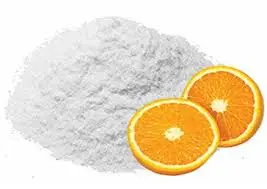
- Pterostilbene vs. Alpha-lipoic acid: Alpha-lipoic acid is another antioxidant known for its potential benefits in diabetes management. While both have shown promise in improving insulin sensitivity, pterostilbene's additional effects on gene expression and inflammation may give it an edge in comprehensive diabetes care.
- Pterostilbene vs. Curcumin: Curcumin, the active compound in turmeric, is renowned for its anti-inflammatory properties. While both pterostilbene and curcumin offer anti-inflammatory benefits, pterostilbene's superior bioavailability and more direct effects on glucose metabolism may make it a more potent option for diabetes management.
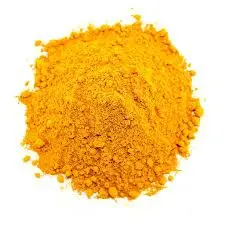
- Pterostilbene vs. Green tea catechins: Green tea catechins, particularly EGCG, have shown potential in diabetes management. However, pterostilbene's ability to cross the blood-brain barrier more efficiently may offer additional neuroprotective benefits, which is particularly relevant given the neurological complications associated with diabetes.
Conclusion
Pure pterostilbene presents an intriguing option for those seeking natural approaches to diabetes management. Its potent antioxidant properties, coupled with its ability to influence glucose metabolism at the genetic level, make it a promising candidate for blood sugar control. While research is ongoing, the current evidence suggests that pterostilbene could be a valuable addition to a comprehensive diabetes care plan.
As we continue to unravel the potential of pure pterostilbene and other natural compounds in diabetes care, it's an exciting time for those seeking integrative approaches to health. For those interested in exploring high-quality pterostilbene products or learning more about natural extracts for health, please contact us at information@sxrebecca.com.
References
1. McCormack D, McFadden D. A review of pterostilbene antioxidant activity and disease modification. Oxid Med Cell Longev. 2013;2013:575482.
2. Kosuru R, Rai U, Prakash S, Singh A, Singh S. Promising therapeutic potential of pterostilbene and its mechanistic insight based on preclinical evidence. Eur J Pharmacol. 2016;789:229-243.
3. Aguirre L, Fernández-Quintela A, Arias N, Portillo MP. Resveratrol: anti-obesity mechanisms of action. Molecules. 2014;19(11):18632-18655.
4. Othman RA, Moghadasian MH. Beyond cholesterol-lowering effects of plant sterols: clinical and experimental evidence of anti-inflammatory properties. Nutr Rev. 2011;69(7):371-382.
5. Evans HM, Howe PR, Wong RH. Effects of Resveratrol on Cognitive Performance, Mood and Cerebrovascular Function in Post-Menopausal Women; A 14-Week Randomised Placebo-Controlled Intervention Trial. Nutrients. 2017;9(1):27.
_1730691017423.webp)

